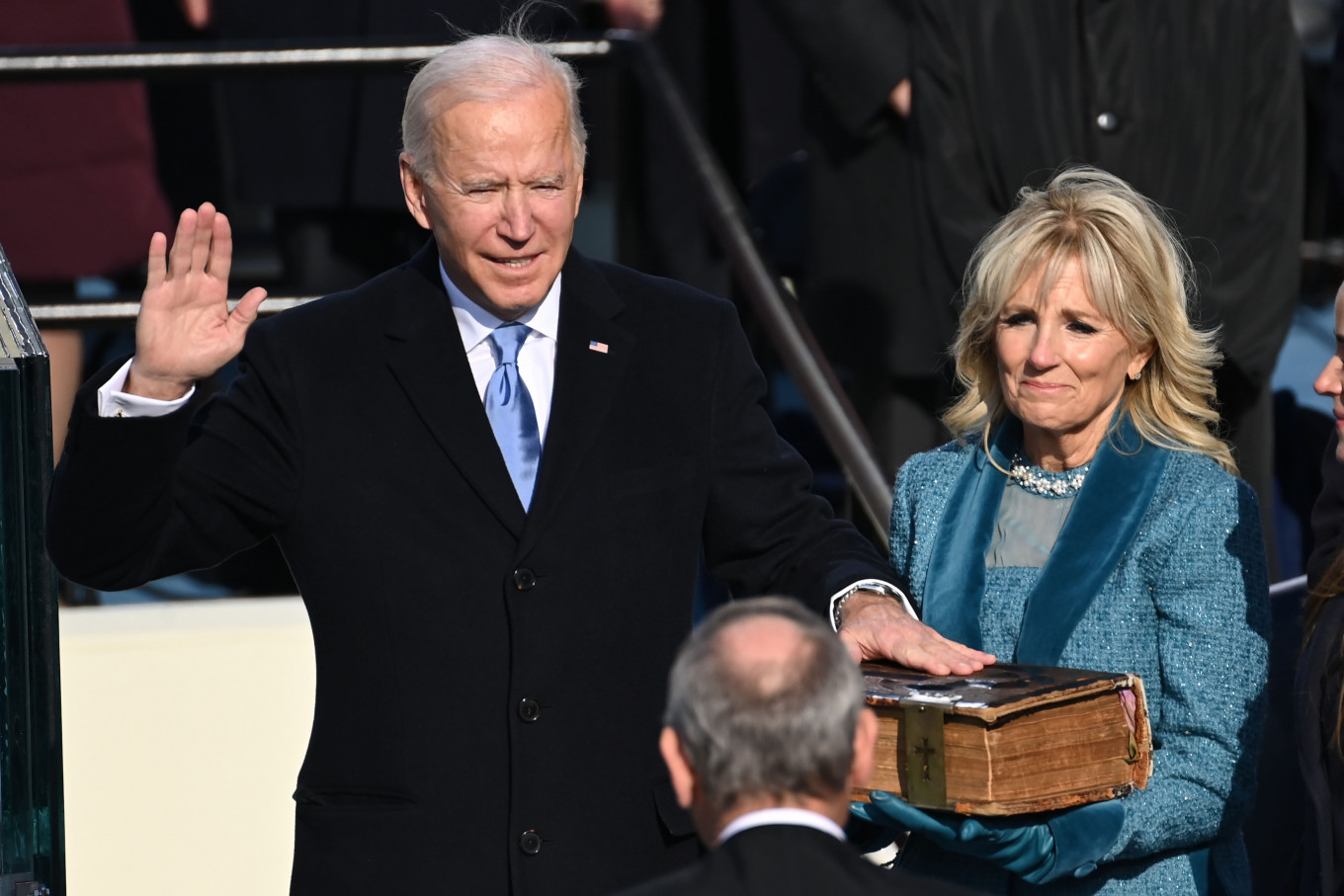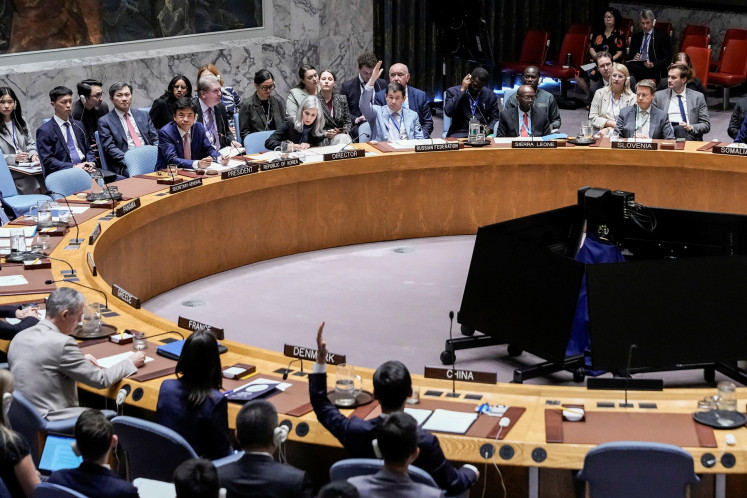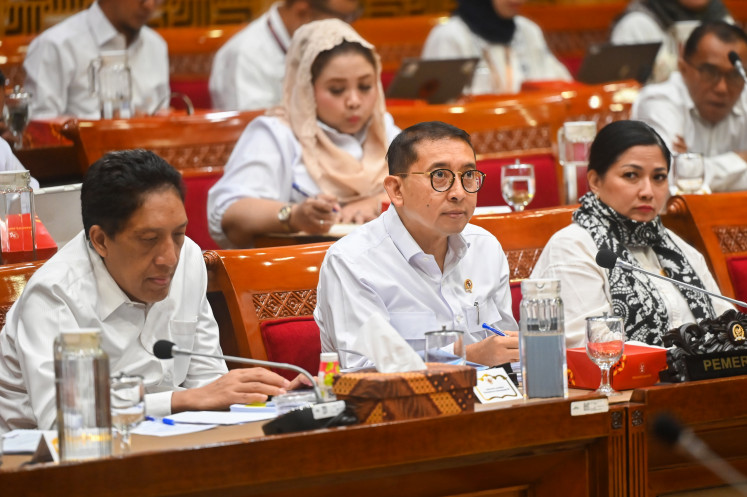Popular Reads
Top Results
Can't find what you're looking for?
View all search resultsPopular Reads
Top Results
Can't find what you're looking for?
View all search results[INSIGHT] What can we expect from Biden's policies in East Asia?
Biden understands that East Asia is now the most strategic region for the US to play a more defining role.
Change text size
Gift Premium Articles
to Anyone
I
n the first part of my analysis published on Jan. 22, I discussed the many big challenges United States President Joe Biden is facing. On the domestic front, there are the COVID-19 pandemic, economic crisis and disunity among Americans. This will create restraint and difficulty for him to act in international affairs.
I predict we will tend to see the return of the “pivot” strategy in East Asia, mainly because many of Biden’s foreign security experts are the same people from the team in Barack Obama’s administration.
Biden understands that East Asia is now the most strategic region for the US to play a more defining role. Previously under Obama, we expected the US to pivot from the Middle East to East Asia, but that did not happen.
In the meantime, US public opinion about China has changed — from peaceful competitor to unfriendly strategic opponent. I argue that bilateral US-China relations should be a mix of cooperation where needed (for example in environmental, nonproliferation and pandemic issues) or a confrontation where necessary (in unfair trade, intellectual property right, finance, democratic/human rights ideals and military).
I mentioned that it would not be easy for Biden to change US policies in East Asia due to domestic circumstances. Nonetheless, Biden’s continuous effort to unite the American people and cooperate with Congress would be an advantage for him.
From the Southeast Asian perspective, I argue that the best scenario for the region is a balance of power between the US and China.
The US’ external military burden is overwhelming, and she will need more help from her allies, especially Japan and Australia, in the future, and to a lesser extent, support from the Republic of Korea and India because they are more limited domestically.
On the other hand, China is increasing her military capabilities — though not yet equal to the US, but they are quite strong defense capabilities. This includes, especially, her anticarrier missiles system, submarines, as well as cyber and space warfare capabilities. Taiwan remains at the heart of China’s problems; thus, China is willing to go to war to defend it. China has said it doesn’t want to make war, but if it is inevitable, it is prepared to do so.
Read also: [INSIGHT] Regional strategic outlook after Biden’s victory
I believe there is no intention from either side to start a war; however, incidents and misunderstandings could always increase tension and that could be a calamity for East Asia’s economy. Even if a small dispute or skirmish would be costly; therefore, it should be prevented at all cost.
Taiwan remains the most volatile issue, but other than that, we also have several flashpoints in the region, most notably the South China Sea. ASEAN should be given the chance to deal with China and work out the Code of Conduct (COC) between them to create regional order that is binding and open for others to support in the future.
I strongly believe we have to finish the COC at the end of 2022. Nonetheless, US involvement in the South China Sea would always be hampered by the fact it has not ratified the UN Convention of the Law of the Sea, and freedom of navigation operations (FONOPs) is the ways it would like to show the flag in the South China Sea with limited influence.
Other than the COC, to ensure peace stability in the maritime domain in the region, ASEAN should work closely with China to establish some clear rules of the game. For example, we have been discussing the creation of a Code for Unexpected Encounter at Sea (CUES) for nonmilitary vessels. We have also elaborated on the mechanism for joint exploration or joint cooperation for resources in the South China Sea. We need to establish norms or regulations for joint cooperation between ASEAN members with claims, and China should bring trust and confidence, which I believe would result in peace and stability between the claimant states, especially between the ones with overlapping claims.
For East Asia, the most important factor for unity and cooperation has been and will be economic cooperation, both bilateral and multilateral. Multilateral frameworks such as the Asia Pacific Economic Cooperation, the Trans-Pacific Partnership (TPP)-11 and Regional Comprehensive Economic Partnership (RCEP) are important institutions. Still, ASEAN-based regional institutions are all equally important and must be supported. ASEAN-based frameworks should continuously be used as instruments for dialogue and confidence-building in the region, and this includes China and the US. This remains the objective for ASEAN and all ASEAN-based frameworks.
Looking to the greater region of the Indo Pacific, cooperative ideas should be geared mainly toward economic development. Institutions such as the ASEAN+3 (China, Japan and ROK) and more notably the East Asia Summit (EAS) are vital. For all of these efforts to be possible, ASEAN needs to consolidate.
− This is the second of a two-part article
***
Vice-Chair, board of Trustees, CSIS Foundation










